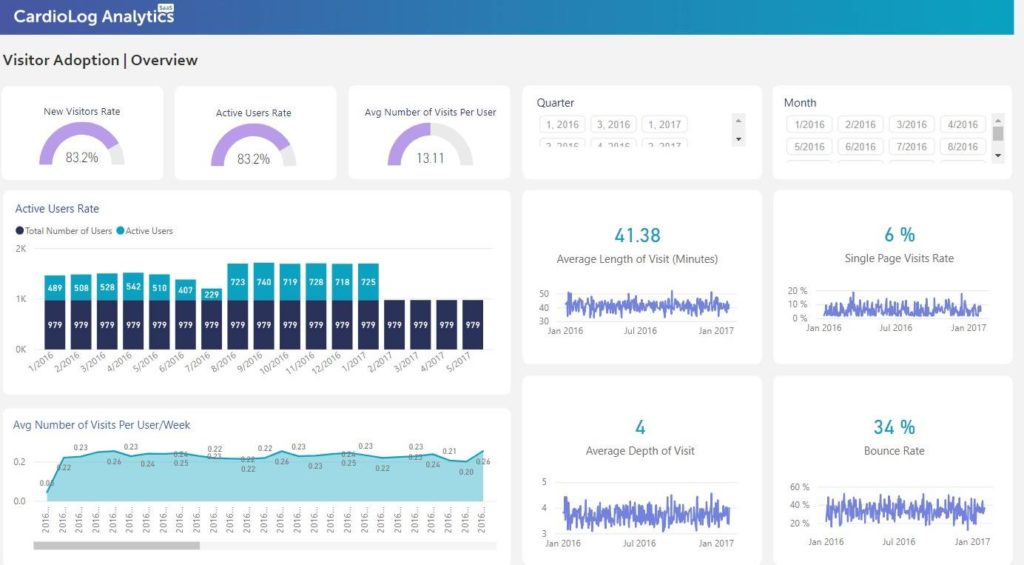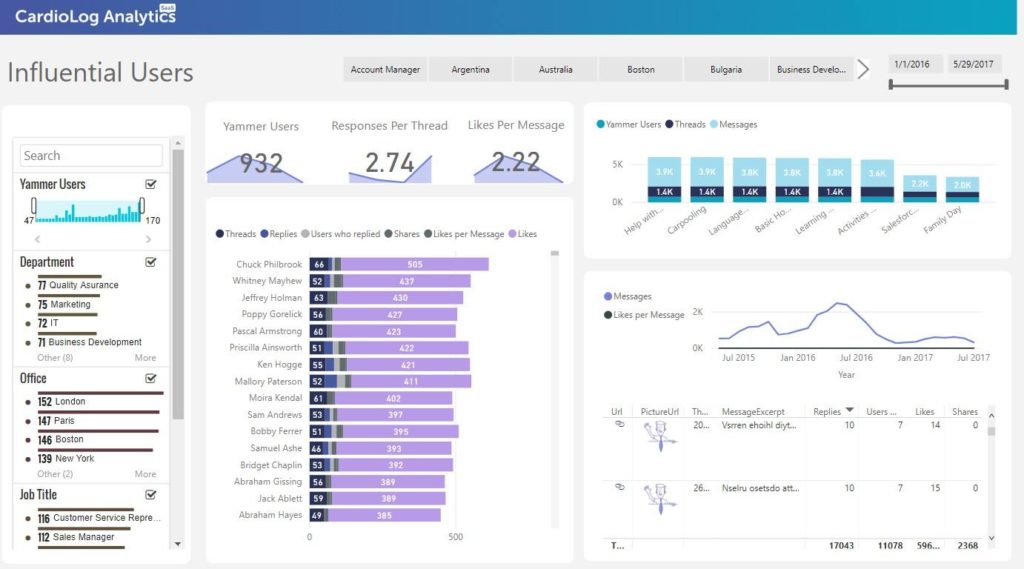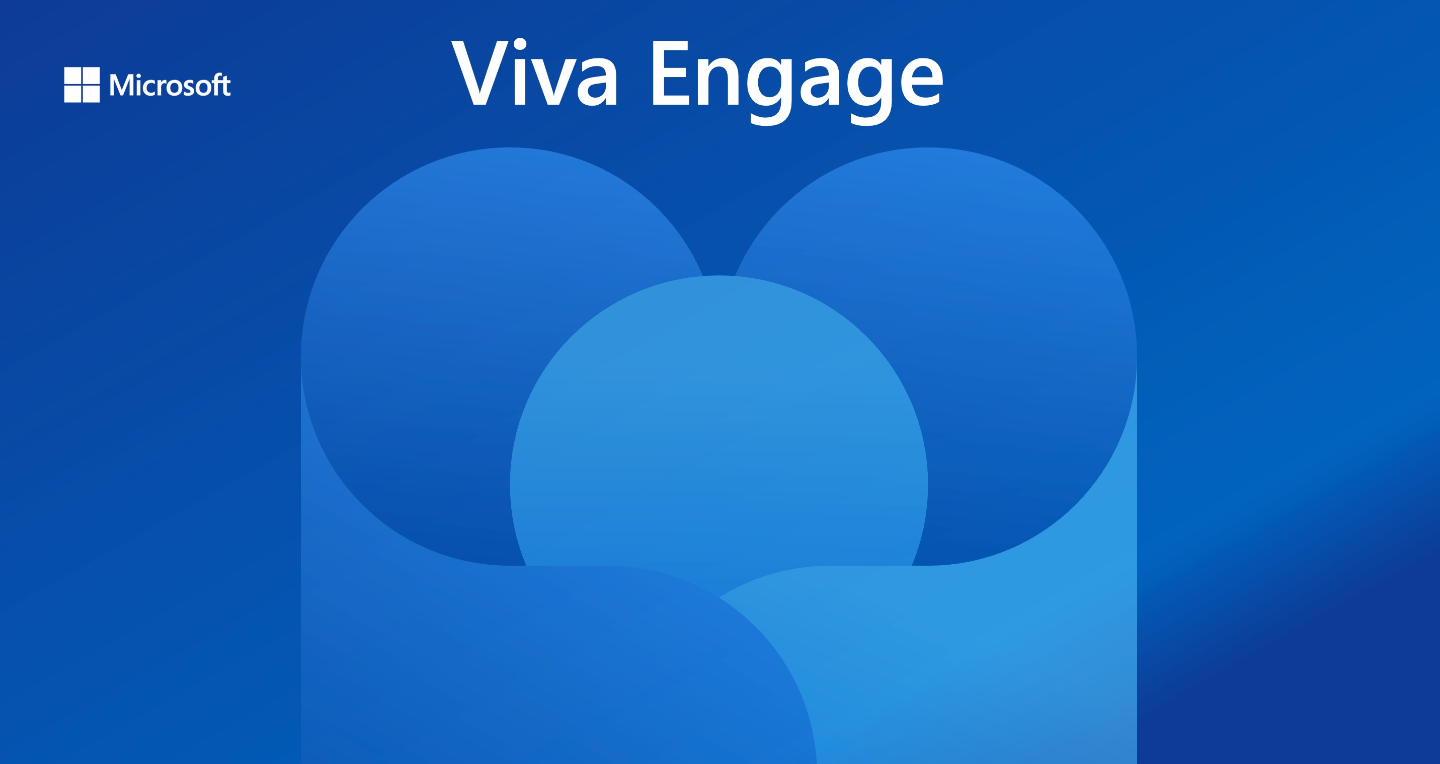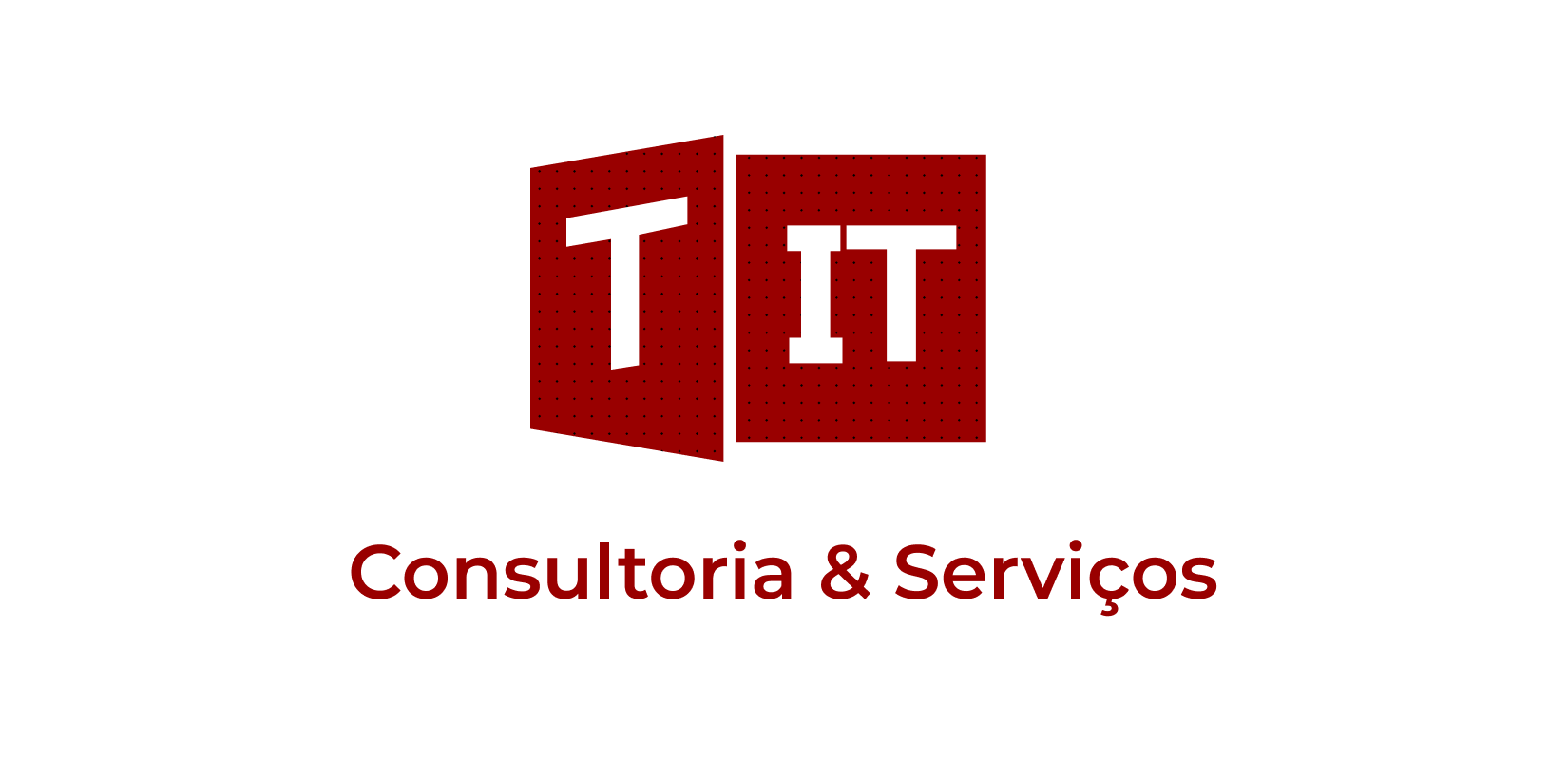Key business goals and objectives are achieved by increasing the adoption of the company’s intranet portal, but adoption is not the end goal itself. Increased adoption leads to a higher value of Microsoft 365, allowing you to get the most out of your investment in it. Microsoft Office 365 is only as powerful and capable as the number of people using and contributing to it. By following these ten tips, you’ll be able to increase your Microsoft Office 365 adoption and make the most of your intranet.
Top 10 Ways of Improving Microsoft 365 Office Adoption:
- Impact Business Objectives – It is important to define why you are implementing the technology and to set clear objectives. It can be difficult to measure success with abstract objectives, such as ‘centralize knowledge and resources’ or ‘automate and improve business processes.’ One way to be more specific is by setting SMART goals – specific, measurable, attainable, relevant, and time-bound. For example, you can break down ‘automate and improve business processes with the SMART acronym and create a goal like “We would like to automate and improve our paper-based legal contract management contract reviews processes by the end of the quarter”. You can break it down even further by creating shorter-term goals underneath the main objective and having a timeframe for each subgoal.
- Complete the Transition – It is easier to adopt new technology when you have fully transitioned from your organization’s old systems. By removing alternate solutions and making it mandatory to use the modern ones, adoption of the product will happen faster and be more effective. Encourage employees to share ideas and documents in OneDrive, ask others questions via Teams, and look for items in Search and Delve to get users to embrace the full Microsoft 365 suite.
- Provide Effective Support – Organizations often forget about crucial policies, guidance, and plans that should be in place to ensure there is sufficient support for end users. There are many components to keep in mind from the transitional efforts (such as content migration processes and questionnaires) to maintenance and management (such as site and review checklists). Being mindful of how your Microsoft 365 support is managed and executed within your organization will increase adoption and employee engagement.
- Plan for Adoption – Microsoft provides many resources to help you get the most out of Microsoft 365. There are four main categories:
- Scenarios – Inspire people to use technology in new ways
- Methodology – Templates and best practices
- Communities – Learn from peers and adoption experts
- Resources – Get new ideas from other customers’ stories about how they use Microsoft 365
- Measure Adoption – Value is assessed best by measuring usage and adoption. Once you have that information, you’ll be able to make changes accordingly. Analyzing usage reports, patterns, and search logs will show what features users like and which they still haven’t incorporated into their daily routines. Administrators can take this information and create new training plans to encourage users to integrate more Microsoft 365 features into their workday.

This chart shows the percentage of active users as well as the average length and depth of each visit.
- Drive Awareness and Interest – Promoting the product to users will help them understand what Office 365 is and how it can be leveraged. This can be done before the launch through activities such as scavenger hunts, competitions, or trivia contests. These activities can also occur after the launch to make users aware of the Microsoft 365 tools available and to educate them on new ones.
- Guide Understanding – To increase adoption, users need to be shown the full capabilities of the Microsoft 365 features and taught how to use these features effectively. Organizations should provide guidance on what users can do in Microsoft 365 and explain which features to use in different scenarios to provide context for the users.
- Coach and Find Champions – The best way for people to learn is from each other. Identifying champions and influencers (often non-managers) and celebrating their successes should be done to encourage adoption. Once you’ve recognized what they did well and included a screenshot or two, it will not only validate the high achiever but also connect them to others who hope to do the same. It’s a technique that can be repeated continuously to show appreciation for the influencers and engage employees.
- Elicit and Capture Feedback – Creating targeted polls and surveys to collect feedback will both engage users and provide helpful insights based on their experiences. The more specific the questions are, the more helpful your results will be. Having polls incorporates bidirectional communication in Microsoft 365 to allow you to better understand your intranet and its users.
- Solve Business Problems – When there are examples of processes and scenarios where the tool is used to solve business problems, higher adoption is achieved. A showcase can also be utilized here to show what solutions are available to people in Microsoft 365. Once users understand that it’s a platform that can solve business needs, they will be able to maximize the usefulness of Microsoft 365.
Following these ten steps will increase adoption and lead to success within the portal. By adding analytics to these processes, you can understand your adoption rates and know exactly how to increase portal engagement. These measurements can allow you to track increases in adoption, measure changes in productivity, and analyze collaboration and engagement.

What to Measure to Improve Adoption:
- Content Analytics – Third-party analytics services elevate content analytics from simple page views to influential content. This is tracked by looking at comments, likes, ratings, and followers to show not only page clicks but also what users are truly looking for and interested in.
- User Analytics – The data gathered from user analytics is beyond what they are viewing; it looks at how users are interacting with each other. Instead of looking at average user behavior, we can analyze evangelists to leverage their influence by promoting them as ideal users. We can find these evangelists by tracking their followers and how much content they are contributing.

Influential Users, Yammer Users Measurement – CardioLog Analytics SharePoint adoption
This chart shows your most influential Yammer users as well as the most popular message and thread topics.
- Community Analytics – The shift here is from content usage to community engagement. Providing metrics on active discussions, whether or not questions are being answered and how quickly, and which groups are less active and need more training provides insight into the community as a whole. It also provides administrators with actionable next steps to take to improve community engagement.
Take action into your own hands and improve your portal by using these top ten ways to improve adoption. By adding workplace analytics into these methods, you have a solid idea of which communities are most resistant to SharePoint adoption and you know to focus your efforts on them first. There a variety of analytics tools that you can use to help you boost Office 365 adoption, including CardioLog Analytics.
You may also enjoy reading: Power Bi and SharePoint Reporting
CardioLog Analytics monitors a variety of metrics within the SharePoint portal, including search, to provide an in-depth view of the environment. It enables organizations to improve intranet usability, drive portal collaboration, boost user engagement, and enhance overall business productivity.
» Check out our webinar to learn more about using the power of analytics to increase adoption.
FAQs about Top 10 Ways to Improve Office 365 Adoption
What strategies can boost user adoption in Microsoft 365?
To increase user adoption in Microsoft 365, you can:
- Create a sense of urgency for adoption by highlighting its business benefits.
- Engage executive leaders to champion the transition.
- Offer ongoing training and support to ensure employees are comfortable using the tools.
- Showcase early wins, like improved efficiency or collaboration, to build momentum.
- Implement incentives or recognition for teams and individuals who fully embrace the platform.
How do I develop an effective Microsoft 365 implementation strategy?
A successful Microsoft 365 implementation strategy should include:
- Clear objectives: Align the transition with specific business goals and define success metrics.
- A guiding team: Assemble a diverse team of department heads, technical experts, and daily users to drive the change.
- User-centric planning: Focus on user needs by offering continuous support, training, and resources.
- Ongoing measurement: Use adoption metrics to track progress and adjust the strategy as needed.
What role does change management play in Microsoft 365 adoption?
Change management is vital for Microsoft 365 adoption because it:
- Helps address user resistance by explaining the benefits of the transition.
- Involves executive leadership to promote buy-in and urgency.
- Provides a structured approach to training and communication.
- Celebrates short-term wins to motivate continued use and adoption.
- Reinforces positive changes by embedding new tools and processes into everyday workflows.
How can we improve employee training for Microsoft 365?
To enhance employee training for Microsoft 365:
- Offer a combination of formal training sessions and on-demand resources like tutorials and guides.
- Provide role-specific training, ensuring that different departments understand how to use the tools that matter most to them.
- Identify and promote “champions” within the organization who can assist their peers.
- Gather feedback through surveys to refine training programs and address gaps.
What Microsoft 365 collaboration tools can improve workplace efficiency?
Microsoft 365 provides several collaboration tools that can enhance team productivity:
- Microsoft Teams: For real-time communication, file sharing, and virtual meetings.
- SharePoint: For document management, team collaboration, and centralized file storage.
- OneDrive: For personal file storage, sharing, and cloud accessibility.
- Outlook and Calendar: For email and scheduling, integrating with other Microsoft 365 apps to streamline workflows.














 Follow @cardiolog
Follow @cardiolog 